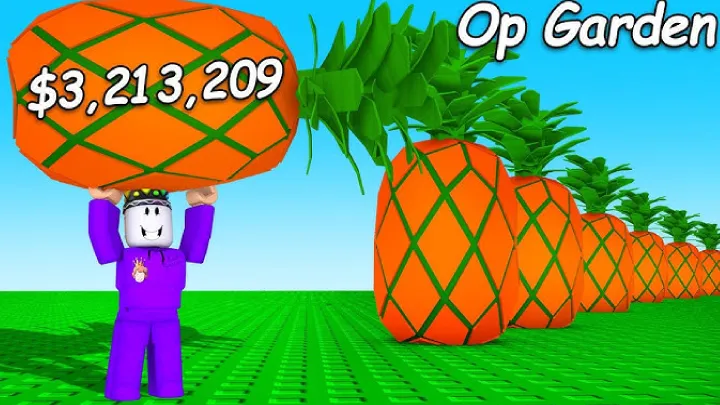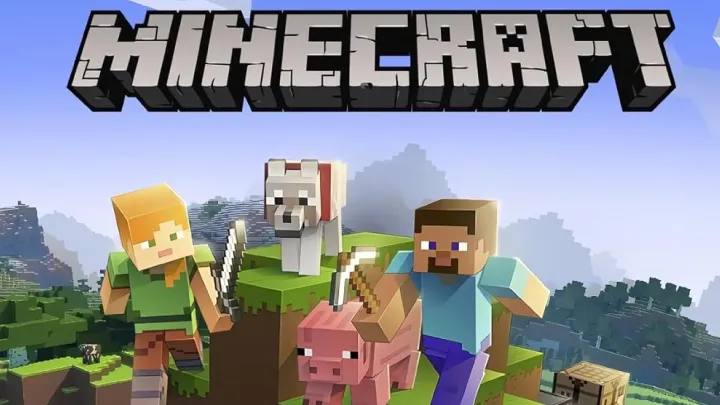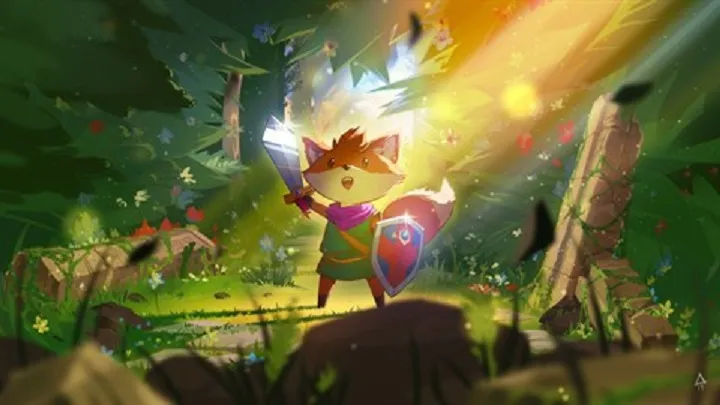Introduction
Grow a Garden is an immersive open-world gardening simulation that allows players to design, cultivate, and manage their own gardens. The game blends creativity with strategy, challenging players to maintain a thriving garden through all seasons. Success depends not only on planting and watering but also on understanding soil types, plant interactions, weather patterns, pest management, and resource allocation. This guide provides detailed strategies for every aspect of the game, ensuring you can grow a lush, productive, and aesthetically pleasing garden. Whether playing solo or in co-op, these tips will help you optimize growth, harvest efficiently, and explore the gardening world to its fullest.
1. Understanding the Garden World

The in-game world features dynamic seasons, terrain, soil types, and plant behaviors. Each factor impacts growth, yield, and garden aesthetics.
Seasonal Effects on Plants
- Spring: Ideal for most crops and flowers. Moderate weather and rain provide natural watering.
- Summer: Hot sun accelerates growth but increases water demands. Overwatering can also harm plants.
- Autumn: Focus on harvesting, storing crops, and preparing soil for winter. Some plants stop growing.
- Winter: Limited growth outside greenhouses; frost can kill unprotected plants.
Soil and Terrain
- Sandy Soil: Drains water quickly, requiring frequent irrigation.
- Clay Soil: Holds water but risks root rot if overwatered.
- Loamy Soil: Balanced soil type, suitable for most crops and flowers.
- Raised Beds & Terraces: Help manage water runoff and soil erosion on sloped terrain.
Weather and Environmental Considerations
- Rainwater provides natural hydration but can damage delicate crops.
- Drought conditions demand irrigation planning.
- Windstorms may knock over tall plants, requiring stakes or windbreaks.
Tip: Monitor weather forecasts in-game and adjust watering and protective measures accordingly.
2. Preparing Your Garden Plot
Starting small and planning efficiently ensures early success.
- Selecting the Right Location: Maximize sun exposure, ensure easy access to water, and choose flat or terraced terrain.
- Clearing and Tilling: Remove rocks, weeds, and debris. Till soil to improve aeration and nutrient absorption.
- Soil Enrichment: Add compost, manure, or fertilizers to boost nutrient levels before planting.
Initial Plant Choices
- Start with fast-growing, low-maintenance crops: lettuce, carrots, radishes.
- Include pollinator-friendly flowers like marigolds and sunflowers.
- Rotate crops each season to maintain soil health and prevent pest buildup.
3. Planting Techniques and Scheduling
Efficient planting and scheduling maximize yield and minimize losses.
Planting Depth and Spacing
- Seeds require specific planting depths for optimal germination.
- Maintain proper spacing to prevent overcrowding and disease.
- Use trellises for climbing plants like peas or tomatoes.
Crop Rotation and Companion Planting
- Rotate crops to avoid soil depletion.
- Companion planting: Some plants enhance each other’s growth or deter pests (e.g., basil near tomatoes).
- Plan for staggered harvests to ensure constant crop production.
Seasonal Planting Schedules
- Spring: Lettuce, spinach, peas, marigolds.
- Summer: Tomatoes, cucumbers, peppers, sunflowers.
- Autumn: Pumpkins, kale, late-season herbs.
- Winter: Focus on greenhouse crops or hardy vegetables like cabbage.
4. Watering and Nutrient Management
Water and nutrients are vital for healthy plants.
- Watering Techniques: Hand watering, irrigation systems, and drip lines.
- Fertilizers: Use compost, organic manure, or specialized fertilizers based on soil testing.
- Monitoring Tools: Soil moisture meters and growth indicators help maintain balance.
Advanced Techniques
- Mulching reduces evaporation and stabilizes soil temperature.
- Hydroponics or raised beds accelerate growth for high-value crops.
- Collect rainwater in barrels to reduce reliance on manual watering.
5. Pest and Disease Control
Protecting plants from pests and diseases ensures maximum yield.
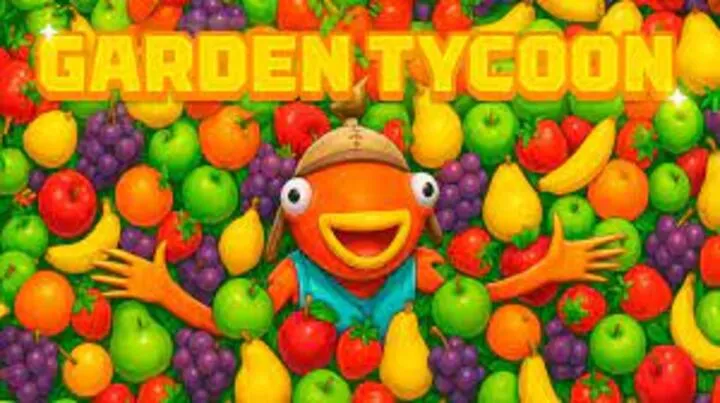
Common Pests
- Aphids, slugs, caterpillars, and snails.
- Use companion planting, natural repellents, and traps for control.
Disease Management
- Rotate crops seasonally to prevent disease buildup.
- Remove infected plants immediately.
- Maintain proper watering and airflow to prevent fungal infections.
Advanced Pest Strategies
- Introduce beneficial insects like ladybugs or praying mantises.
- Use barrier methods (nets or row covers) for delicate flowers and vegetables.
6. Harvesting, Storage, and Preservation
Harvesting at the right time maximizes quality and quantity.
- Harvest Timing: Pick crops at peak ripeness.
- Tools: Use specialized tools for delicate crops to reduce damage.
- Storage: Refrigeration, crates, and drying extend shelf life.
Preservation Techniques
- Canning, pickling, drying, or freezing excess crops.
- Store seeds from mature crops to expand future planting cycles.
- Track harvests to optimize planting schedules and rotation.
7. Garden Expansion and Upgrades
As your skills grow, expand your garden for greater variety and aesthetics.
- Plot Expansion: Unlock new plots for diverse crops.
- Tool Upgrades: Improve watering cans, shovels, and pruning tools.
- Structures: Greenhouses, sheds, irrigation systems, windbreaks, and compost bins.
Aesthetic Enhancements
- Add pathways, fountains, benches, and statues.
- Use flower beds, hedges, and decorative trees to create visual harmony and attract pollinators.
- Experiment with symmetry and color patterns for maximum appeal.
8. Exploration and Resource Gathering
Explore beyond your garden to collect rare resources.
- Foraging: Seeds, herbs, flowers, and fertilizers from forests or meadows.
- Trading: Exchange excess crops for rare seeds or tools.
- Special Events: Seasonal festivals or hidden areas provide rare plants and decorations.
Exploration Strategy
- Bring necessary tools for collection and storage.
- Visit distant areas during favorable weather.
- Mark trails or set beacons to avoid getting lost in large areas.
9. Co-op and Multiplayer Gardening Strategies
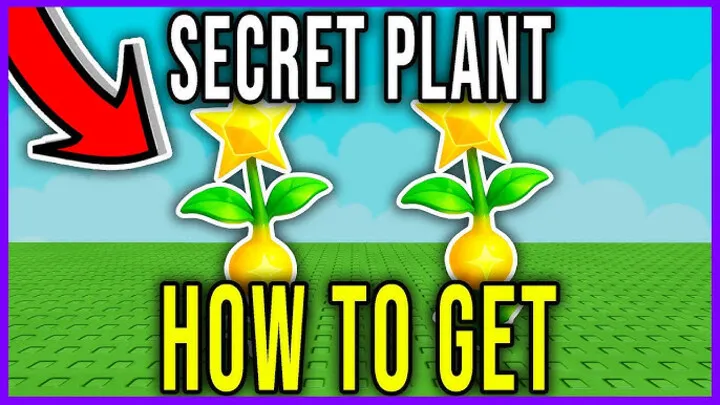
Collaborative gardening enhances efficiency and creativity.
- Role Assignment: One player plants, another waters, another harvests.
- Communication: Coordinate tasks to optimize growth and prevent resource shortages.
- Shared Exploration: Gather rare seeds and materials together.
- Strategic Planning: Divide areas for aesthetic design, pollinator zones, and high-yield crops.
Advanced Co-op Tips
- Rotate daily tasks to develop all skills.
- Synchronize harvests to avoid crop waste.
- Combine designs for visually cohesive gardens and better pollination.
10. Seasonal Challenges and Planning Ahead
Each season presents unique opportunities and threats.
- Spring: Plant rapidly growing crops and prepare soil.
- Summer: Manage water carefully; use shade structures for delicate plants.
- Autumn: Maximize harvest, store crops, and enrich soil for winter.
- Winter: Protect plants with greenhouses, mulch, and row covers; focus on maintenance.
Seasonal Optimization
- Use frost-resistant crops in winter.
- Plan staggered planting to ensure year-round harvests.
- Upgrade irrigation and protective structures ahead of extreme weather.
11. Advanced Gardening Techniques
For expert players, advanced techniques maximize yield and aesthetics.
- Hydroponics: Faster growth, higher yields in controlled environments.
- Pollinator Management: Plant flowers strategically to attract bees and butterflies.
- Automation: Use irrigation, automatic feeders, or sprinklers to reduce manual labor.
- Seed Selection: Prioritize high-yield or rare plants for long-term productivity.
Example Layouts
- Companion planting zones to reduce pests and improve growth.
- Rotational crop sections to maintain soil fertility.
- Decorative zones combining aesthetics with functional pollination areas.
Conclusion
Grow a Garden offers a rich combination of creativity, strategy, and management. Master soil preparation, planting schedules, watering, pest control, harvesting, and co-op strategies to cultivate a flourishing garden. By exploring advanced techniques like hydroponics, companion planting, and automation, players can maximize both yield and visual appeal. Whether playing solo or collaborating in multiplayer mode, this guide provides the tools to grow a productive and beautiful garden throughout all seasons.









